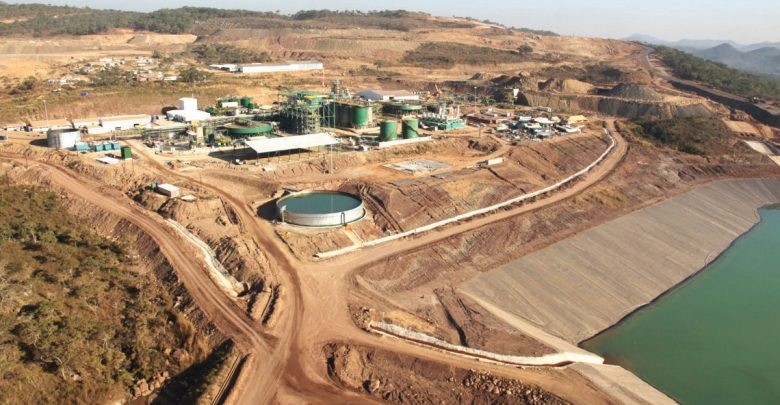
The Ministry of Economic Planning has said mining would have to play a critical role in helping Malawi realise Malawi 2063.
Addressing questions from reporters during a virtual interface on Tuesday, Secretary for Economic Planning and Development Winford Masanjala said the vision has three pillars, including industrialisation with a focus on mining.
Among other things, the Malawi 2063 assumes that the local economy should grow by an average of six percent per annum for the country to achieve a upper middle income status by 2063.
However, analysts have described the growth targets as over ambitious, considering that the local economy has rarely grown by six percent in recent years as it is susceptible to exogenous shocks.
But Masanjala said, for the six percent annual growth to be realised, Malawi would have to focus on other areas including mining.
“We want to have serious mining. Therefore, in the next 10-year plan that will come to you, you need to interrogate on how we will have industrialisation focusing on mining.
“Right now, the aspiration of Malawians is that Malawi must industialise. Talking about six percent, we are not saying that we will grow by six percent. We are saying we need to grow by six percent Masanjala said.
National Planning Commission Director General Thomas Munthali said actualising the Malawi 2063 would be the role of all Malawians, not only the President, Vice President and the NPC.
According to the World Bank, upper middle-income economies are countries with a gross national income (GNI) per capita of between $4,046 and $12,535 (2021).
As at 2019, Malawi’s GNI per capita, which is simply the dollar value of a country’s final income in a year divided by its population, stood at $380, which means Malawi has a daunting task to raise the figure to upper middle income entry level of $4,046.
Countries in the Upper Middle Economy category include Gabon, South Africa, Libya, Equatorial Guinea, Argentina, Peru and Turkey.
Source: The Daily Times _Friday, February 5, 2021_By Taonga Sabola
